There is an explanation of wiring up IR remote controllers for beginners at arduino-info.wikispaces.com/IR-RemoteControl, which suggests wiring the output pin directly into an Arduino pin. I've tried this, works fine.
The application circuits given in the datasheets for the VS1838B (Chinese) and AX-1838HS have a capacitor between VCC and GND and 10k or 20k ohm pull-up resistor between VCC and OUT.
If I understand the internal wiring diagram though, these 1838 units already have an internal pull-up resistor between VCC and OUT, so this external resistor merely changes that pull-up. Why are the capacitor and other component there? Are they filtering out noise?
